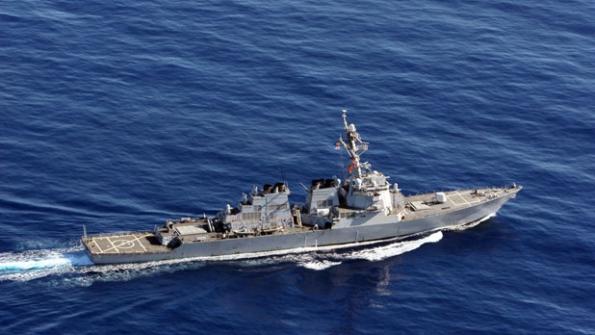
A hypersonic missile capability will be fielded on Arleigh Burke-class destroyers after the U.S. Navy fields the Conventional Prompt Strike (CPS) weapon on Virginia-class submarines and Zumwalt-class destroyers, White House National Security Advisor Robert O’Brien said Oct. 21.
“The Navy’s Conventional Prompt Strike program will provide hypersonic missile capability to hold targets at risk from longer ranges,” O’Brien said in a speech to workers at the Portsmouth Naval Shipyard in Maine.
“This capability will be deployed first on our newer Virginia-class submarines and the Zumwalt-class destroyers,” O’Brien added. “Eventually, all three flights of the Arleigh Burke-class destroyers will field this capability.”
If O’Brien’s statement applies about the Arleigh Burke-class applies to the CPS effort, it would imply a significant retrofit program. The all-up round for the CPS missile uses a 34.5-in.-diameter, two-stage booster stack, which exceeds the 28-in. maximum canister width of each cell in the Mk. 41 Vertical Launch System.
Alternatively, the Navy already plans to deploy a hypersonic missile on the Arleigh Burke-class. Raytheon is developing the SM-6 Block 1B, extending the range of the surface-to-air missile and adding an anti-ship role.
A spokesman for the National Security Council was still working to clarify O’Brien’s remarks as this article was being published.
The CPS would give the Arleigh Burke-class a rocket-boosted glider with a range of thousands of kilometers. With a front-end based on the Common Hypersonic Glide Body being jointly developed with the Army, the Navy plans to field the missile first on the Virginia-class submarine in fiscal 2025 with residual weapons left-over from an operational prototyping program.






Comments